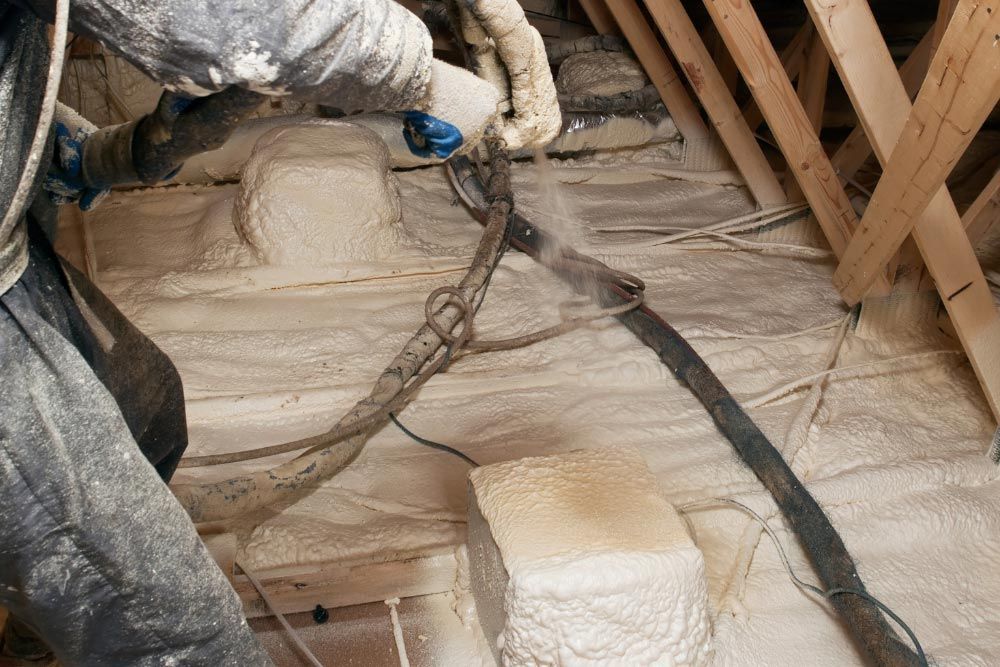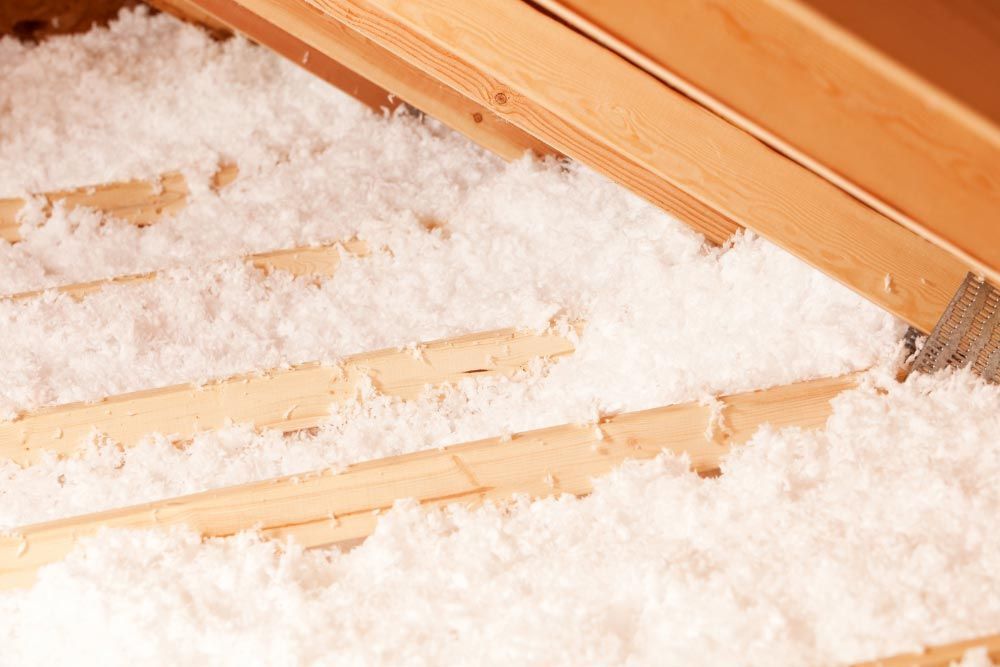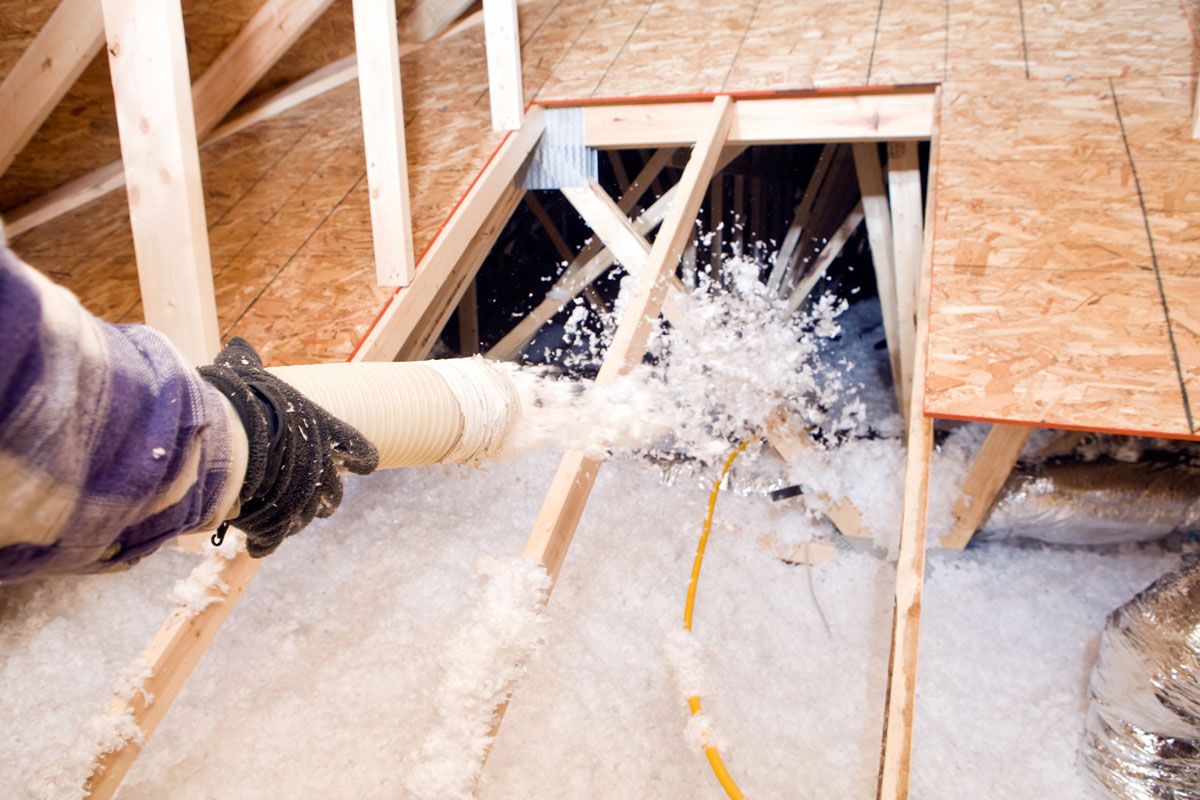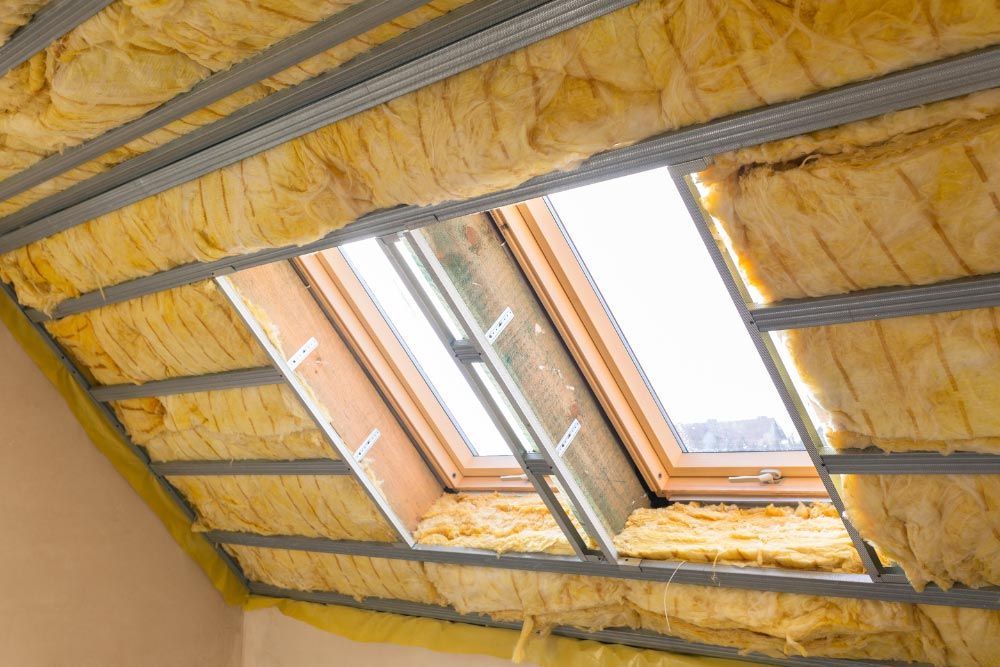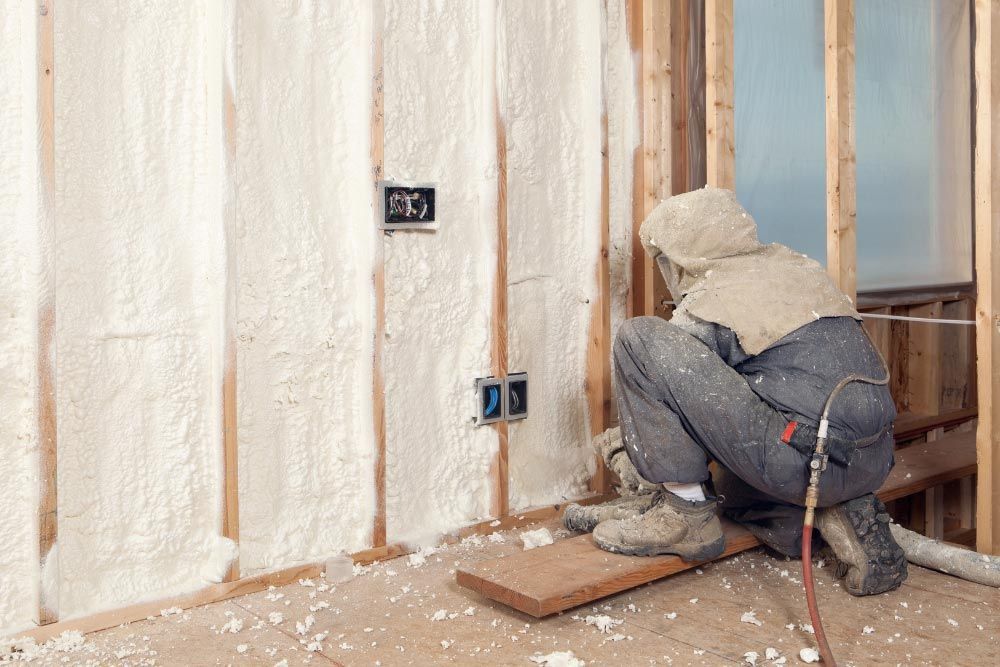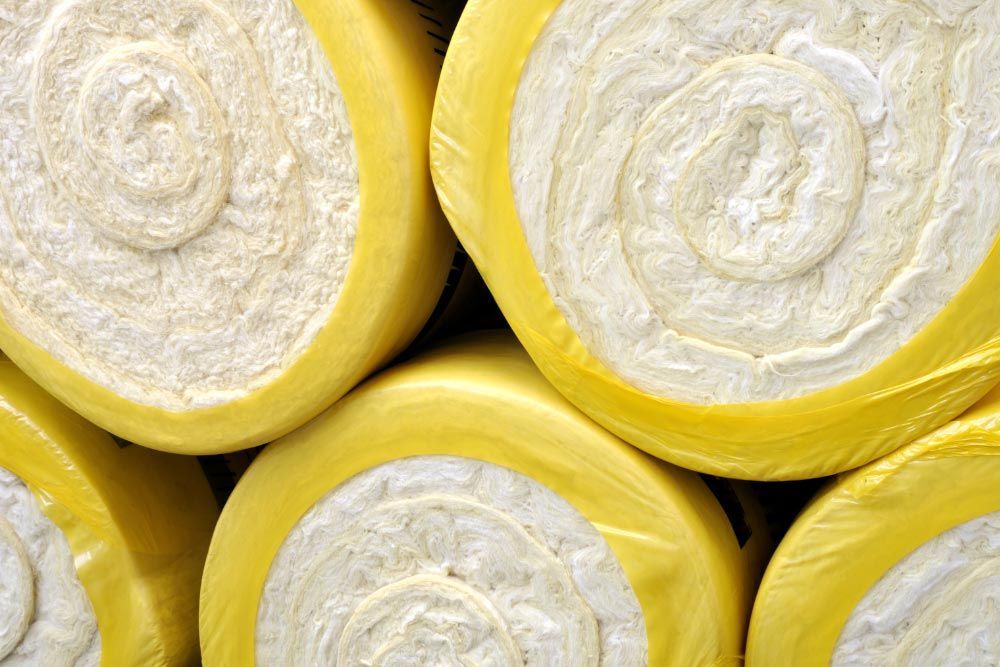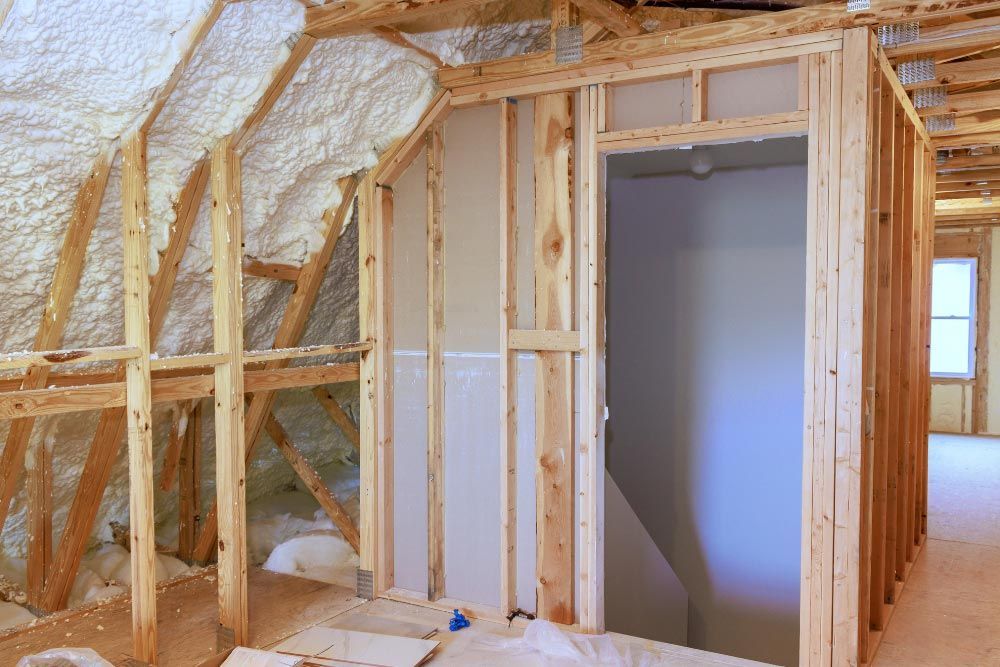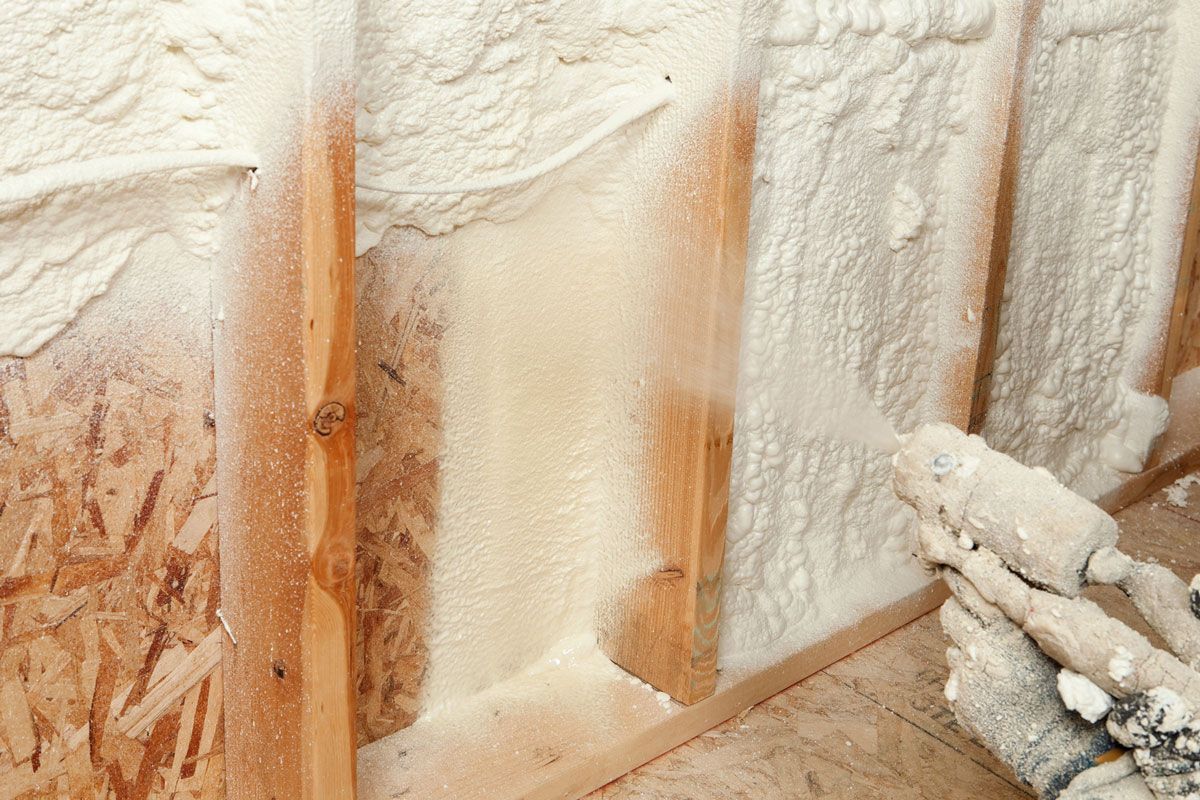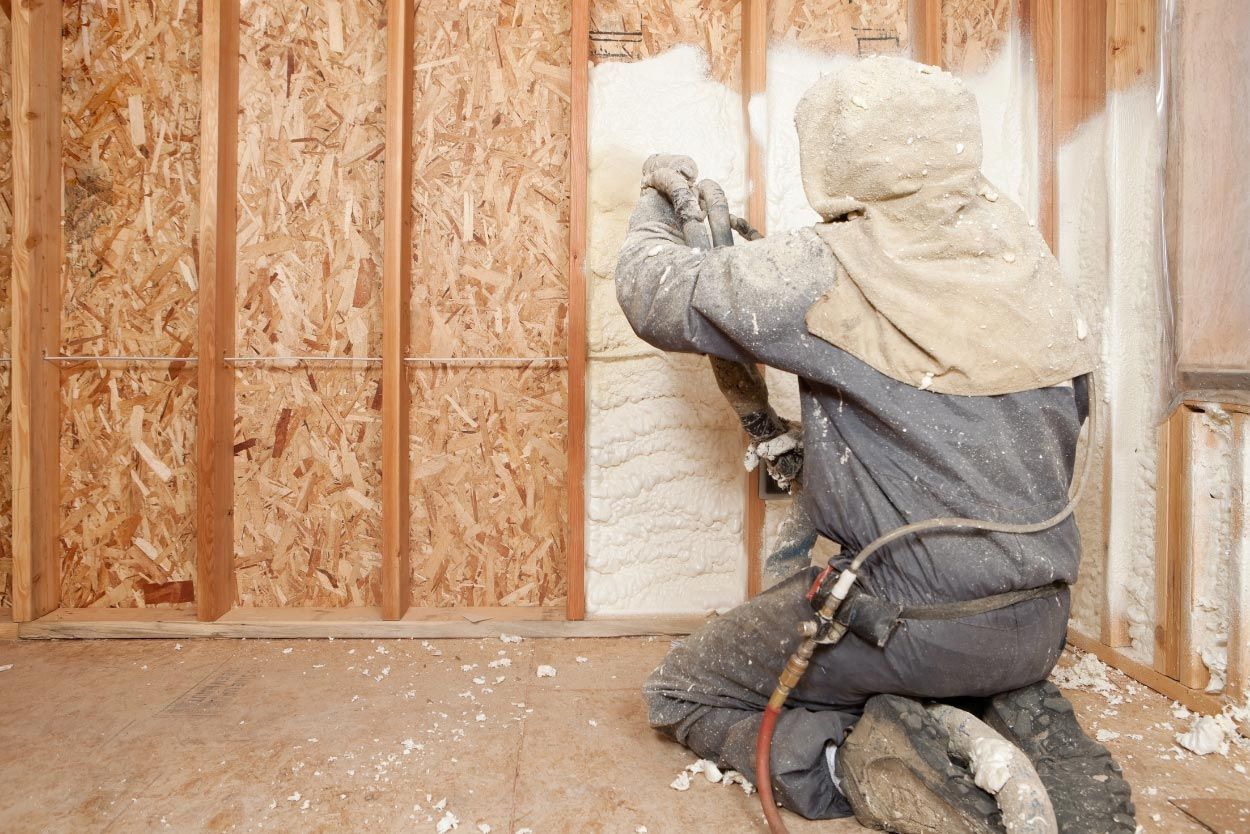Agricultural Insulation | Protect Livestock & Crops Year-Round
Farming success doesn’t just depend on the quality of soil or seed, it also relies heavily on creating the right environment for animals and crops. Temperature fluctuations, moisture levels, and energy costs can all affect productivity. That’s where agricultural insulation plays a vital role.
Insulation isn’t just about keeping barns warmer in the winter, it ensures livestock stay healthy, crops remain fresh, and energy bills don’t spiral out of control. From poultry farms to grain storage facilities, insulation offers year-round benefits that can protect farmers’ investments and improve long-term sustainability. In this blog, we’ll explore how insulation helps in agriculture, the materials available, costs, and real-world benefits backed by studies and data.
Why Insulation Matters in Agriculture
Livestock and crops are extremely sensitive to environmental changes. According to the USDA, dairy cows exposed to heat stress can produce 10–20% less milk, while poultry mortality rates rise sharply during prolonged heat or cold spells. Insulation helps stabilize conditions, reducing stress on animals and improving output.
For crops, insulation in storage facilities prevents spoilage. The Food and Agriculture Organization (FAO) estimates that 14% of food is lost post-harvest, often due to poor storage conditions. Proper insulation helps control humidity and temperature, protecting crops from mold, pests, and premature decay.
Energy efficiency is another major factor. The U.S. Department of Energy (DOE) reports that proper insulation can reduce heating and cooling costs by up to 30%. For farms that run large barns, greenhouses, and silos, these savings quickly add up.
Types of Agricultural Insulation Materials
Different farms require different insulation materials, each with advantages and drawbacks.
- Spray Foam Insulation – Highly effective for sealing air leaks in barns and storage. Provides excellent moisture resistance and high R-value but comes with higher upfront costs.
- Fiberglass Insulation – Affordable and widely available. Works well in walls and ceilings but can lose effectiveness if it gets wet.
- Reflective Foil Insulation – Best for hot climates, as it reflects radiant heat. Often used in poultry houses.
- Rigid Foam Board – Durable, moisture-resistant, and effective for silos and storage facilities.
- Eco-Friendly Options – Sheep’s wool and cellulose are sustainable choices with good thermal properties. They’re increasingly popular among farms focused on green practices.
Each farm must weigh climate, budget, and building type before choosing the right insulation.
Livestock Housing: Why Animals Need Insulation
Animals are directly affected by extreme temperatures. In dairy farms, heat stress can reduce milk yields, lower fertility, and increase veterinary costs. In fact, research published in the Journal of Dairy Science found that cows under heat stress consumed 8–12% less feed, which directly impacts milk production.
Cold stress is just as harmful. Calves in poorly insulated barns burn more calories to stay warm, slowing growth rates. Poultry farms without insulation may face higher mortality during winter freezes or summer heat waves.
Insulation helps by:
- Keeping barns warmer in winter and cooler in summer.
- Preventing condensation that leads to mold and respiratory problems.
- Reducing the spread of airborne diseases with stable airflow.
In short, insulating barns isn’t a luxury, it’s a necessity for animal health and farm profitability.
Crop Protection: Insulation in Storage Facilities
Post-harvest losses are a global concern. Crops like potatoes, onions, and grains require carefully managed storage to prevent spoilage. Without insulation, storage facilities suffer from temperature swings that encourage mold growth and pest infestations.
For instance, studies from agricultural extension services show that insulated potato storage facilities can reduce sprouting and rot by up to 40% compared to uninsulated spaces. Grain silos with insulation maintain consistent temperatures, preventing condensation that can lead to fungal growth and dangerous mycotoxins.
Greenhouses also rely on insulation for success. Double-wall polycarbonate panels and reflective insulation help maintain stable conditions, extending the growing season and reducing heating bills.
Energy Efficiency & Cost Savings
Heating and cooling costs are major expenses in farming operations. A poorly insulated barn may require continuous heating in winter and mechanical cooling in summer, both of which consume large amounts of energy.
According to the DOE, farmers can save 15–30% on annual energy costs by upgrading insulation. For a 5,000-square-foot barn, that could mean thousands of dollars saved each year. When combined with energy-efficient ventilation, the savings can be even greater.
The return on investment is often fast. While spray foam may cost more initially, farmers often recover the investment within 3–5 years through reduced energy bills.
Seasonal Benefits: Insulation Year-Round
The biggest advantage of insulation is year-round stability.
- Winter: Prevents pipes from freezing, keeps livestock comfortable, and reduces the need for constant heating.
- Summer: Limits heat stress in animals and prevents stored crops from spoiling in high humidity.
- Shoulder Seasons: Stabilizes temperatures during unpredictable spring and fall weather, reducing shocks to both plants and animals.
In areas with extreme climate swings, insulation acts as a safeguard, ensuring farms can maintain productivity despite outside conditions.
Environmental Impact & Sustainability
Insulation not only saves money but also supports sustainable farming. By reducing reliance on heating fuel and air conditioning, farms lower their greenhouse gas emissions.
Eco-friendly insulation materials, like cellulose (made from recycled paper) or sheep’s wool, offer renewable alternatives. These options provide good thermal resistance without introducing harmful chemicals.
For farms seeking organic certification or sustainable recognition, choosing greener insulation can align with broader environmental goals.
Installation & Maintenance Considerations
Before insulating, farmers should consider:
- Climate Zone – Colder areas may need higher R-values.
- Building Type – Barns, silos, and greenhouses each have different requirements.
- Animal Needs – Materials must be non-toxic and moisture-resistant.
While some farmers attempt DIY installation, professional services ensure proper sealing and compliance with building codes. Maintenance is also critical. Over time, rodents, moisture, or physical damage can reduce insulation effectiveness. Regular inspections help maintain performance.
Cost Factors & ROI Breakdown
Insulation costs vary widely depending on the material, building type, and installation method. Below is a breakdown of typical agricultural insulation costs per square foot:
| Insulation Type | Average Cost (per sq. ft.) | Notes |
|---|---|---|
| Fiberglass | $0.50 – $1.50 | Affordable, effective, but less durable if exposed to moisture. |
| Spray Foam | $1.50 – $3.50 | Higher upfront cost, excellent sealing and energy efficiency. |
| Rigid Foam Board | $1.00 – $2.50 | Durable, moisture-resistant, great for storage facilities. |
For a 5,000 sq. ft. barn, costs might range from $5,000–$15,000, depending on the chosen material and labor charges.
However, farmers typically see 20–30% annual energy savings after upgrading insulation, allowing them to recoup the investment within just a few years.
Additionally, government programs such as the USDA’s Rural Energy for America Program (REAP) may provide grants or low-interest loans to support energy-efficient upgrades like insulation.
Case Studies / Real-World Examples
- A dairy farm in Wisconsin insulated its barns with spray foam and reported 12% higher milk yields during the summer due to reduced heat stress.
- A potato storage facility in Idaho installed rigid foam board insulation and extended storage life by 3 months, reducing annual crop losses by 25%.
- Poultry houses in Arkansas using reflective foil insulation cut cooling costs by 15%, according to state agricultural extension reports.
These examples show insulation’s real impact on productivity and profitability.
Conclusion
Agricultural insulation is more than just a building upgrade, it’s a tool that protects farmers’ investments, improves animal welfare, reduces crop losses, and saves money. Whether it’s livestock barns, grain silos, or greenhouses, insulation ensures stability year-round.
By choosing the right materials and maintaining them properly, farmers can expect higher yields, lower costs, and a more sustainable future. In a time when farming faces challenges from climate change, rising energy costs, and food security concerns, insulation proves to be a simple yet powerful solution.
Frequently Asked Questions
What’s the best insulation for barns?
Spray foam insulation is considered the best for barns because it seals gaps, resists moisture, and offers a high R-value. However, fiberglass and rigid foam are also popular choices depending on budget and climate.
How does insulation improve livestock health?
Insulation stabilizes barn temperatures, preventing heat stress in summer and cold stress in winter. This reduces illness, improves feed efficiency, and helps animals remain comfortable, which directly boosts productivity.
Can insulation reduce grain storage losses?
Yes. Insulated silos and storage bins maintain consistent temperatures and reduce condensation. This prevents mold, pests, and spoilage, helping farmers minimize post-harvest losses and maintain grain quality.
How much does agricultural insulation cost per sq. ft.?
Costs typically range from $0.50–$3.50 per sq. ft., depending on the material. Spray foam is the most expensive but offers the best efficiency. ROI is usually achieved within a few years through energy savings.
Is spray foam safe for animals?
Yes, once cured, spray foam insulation is safe for livestock. It should be installed by professionals to avoid chemical exposure during application and to ensure proper sealing.
Does insulation qualify for farm energy efficiency grants?
Yes. Programs like USDA’s REAP offer grants and loans for energy-efficient improvements, including insulation. Farmers should check eligibility in their region for financial support.

